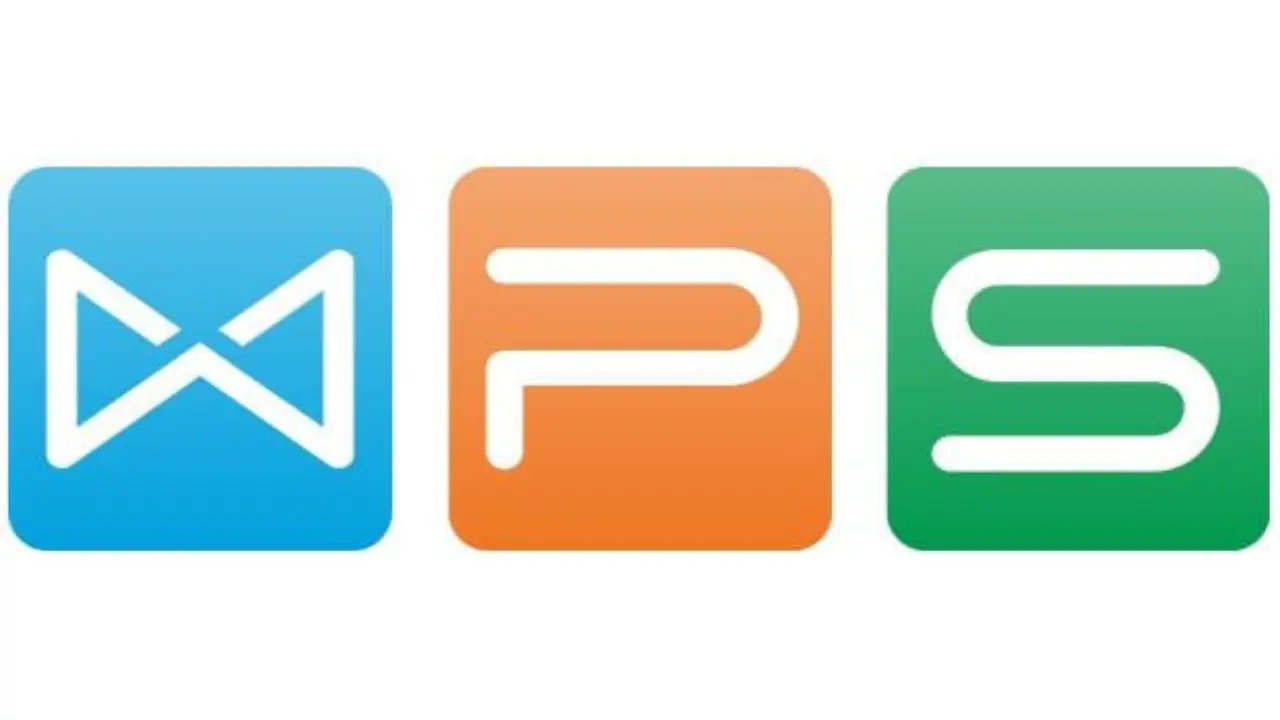ERW tube mills are an important aspect of the steel production sector, providing high-quality tubes for a variety of uses. This article will explore Everything You Need to Know About ERW Tube Mills, investigating their functioning, benefits, applications, and more.
Precision-engineered steel tubes are in high demand in sectors such as construction, automotive, and infrastructure. For producing these tubes, ERW (Electric Resistance Welding) tube mills have developed as a cost-effective and efficient alternative. ERW tube mills have become a popular alternative for tube manufacturing due to their ability to manufacture tubes with good dimensional precision and consistent quality.
What exactly is an ERW Tube Mill?
A specialized equipment known as an ERW tube mill is used to manufacture electric resistance-welded tubes. An ERW tube mill consists of a strip accumulator, an uncoiler, shaping, and sizing sections, a welding unit, a sizing mill, and a cut-off machine. These devices are designed to transform steel coils into tubes of various shapes and sizes.
What Is the Process of an ERW Tube Mill?
The functioning of an ERW tube mill involves multiple phases. First, the steel coil is uncoiled and placed into the strip accumulator. Which allows for continuous feeding of the strip into the mill. Subsequently, the strip is shaped into the desired tube profile during the forming and sizing stages. Next, the edges of the strip are heated using high-frequency induction or contact welding processes, and pressure is applied to create a welded junction after welding. The tube undergoes size milling to achieve the correct dimensions. Finally, the cut-off machine cuts the tube to the appropriate length.
High Productivity: ERW tube mills may run at high speeds, which results in enhanced productivity and larger output quantities.
Cost-Effective: ERW provides cost benefits over other tube manufacturing technologies because of its effective use of resources and simplified production process.
Quality and Consistency: ERW tubes are appropriate for important applications because of their exceptional dimensional precision, uniformity, and consistent mechanical qualities.
Versatility: ERW tube mills can manufacture tubes in a variety of forms, diameters, and wall thicknesses to fulfill the needs of different industries.
ERW Tube Applications
ERW tubes find application in a wide range of industries. Among the most popular applications are:
Construction & Infrastructure: Because of their structural strength and durability, ERW tubes are frequently utilized in the construction of buildings, bridges, and infrastructure projects.
ERW tubes are utilized in the manufacturing of automobile components such as exhaust systems, chassis, and roll cages.
Furniture: Because of their aesthetic appeal and structural strength, ERW tubes are used in the manufacture of furniture like chairs, tables, and shelves.
Oil and Gas: Because of their corrosion resistance and high-pressure characteristics, ERW tubes are used in the transfer of oil, gas, and other fluids.
Quality Assurance in an ERW Tube Mill
ERW tube mills apply severe quality control techniques to assure the manufacture of high-quality tubes. These are some examples:
Material Inspection: The raw material used to manufacture tubes is rigorously tested for chemical composition, mechanical qualities, and surface flaws. Only steel coils of high quality that meet the required standards are used.
Process Monitoring: Various factors such as strip width, thickness, and welding parameters are continually checked throughout the tube production process to guarantee uniformity and adherence to quality requirements.
Non-Destructive Testing: Non-destructive testing procedures such as ultrasonic testing or eddy current testing are used after the welding process to discover any faults or irregularities in the welded seams.
Dimensional correctness: ERW tube mills use precise measuring methods to assure the tubes’ dimensional correctness. This entails checking the tube diameter, wall thickness, and length regularly.
Surface Finish: Tubes produced by ERW mills are subjected to surface inspection to look for flaws like scratches or dents. Surface flaws are carefully repaired to meet acceptable requirements.
ERW tube mills utilize these quality control techniques to guarantee that the tubes produced satisfy the required standards and client expectations.
Troubleshooting and Common Issues
Although ERW tube mills are renowned for their efficiency, issues may arise during the manufacturing process. Among the most prevalent issues are:
Weld Defects: Improper welding conditions or irregularities in the material may lead to weld defects such as fractures, partial fusion, or excessive spatter. These problems can be resolved by adjusting the welding conditions and selecting the appropriate material.
Dimensional errors: Variations in strip width and thickness, as well as faulty tooling settings, may all contribute to dimensional errors in the finished tubes. Regular calibration and modification of mill equipment might assist to alleviate these problems.
Surface Imperfections: Due to incorrect handling or insufficient surface cleaning, scuffs, pits, or scale development on the tube surface might occur. Surface defects can be minimized by adhering to appropriate handling methods and maintaining the cleanliness of the mill components.
Strip Breakage: Breakage of the steel strip during the manufacturing process might impede the tube mill’s continuous functioning. Careful checking of the strip tension and regular maintenance of the strip accumulator can help avoid strip breakage.
Manufacturers can maintain smooth operation and constant quality output from their ERW tube mills by detecting and fixing these typical difficulties as soon as possible.
Maintenance and safety precautions
Proper maintenance and attention to safety standards are critical for an ERW tube mill’s effective operation. Among the most important maintenance and safety procedures are:
Regular Equipment Inspection: Conduct regular examinations of mill components such as rollers, bearings, and welding units to identify wear or damage. Preventing equipment breakdowns requires timely maintenance and replacement of worn components.
Lubrication: Ensuring appropriate lubrication of moving components to reduce friction and increase the equipment’s lifetime. You must strictly adhere to lubrication regimens to maintain peak performance.
safety training: Provide extensive safety training to mill operators and maintenance employees to ensure they are aware of possible dangers. And have the expertise to operate the machinery safely.
Emergency protocols: Establishing emergency measures and keeping easily available safety equipment, such as fire extinguishers and first aid kits, on hand to deal with any unanticipated occurrences successfully.
ERW tube mill operators may reduce downtime, increase production. And protect the well-being of their staff by prioritizing maintenance and safety procedures.
Selecting the Best ERW Tube Mill
Several variables should be addressed while purchasing an ERW tube mill:
Production Capacity: determining the needed production volume and selecting a tube mill capable of meeting or exceeding the production capacity requirements.
Consider the needed tube requirements, such as diameter, wall thickness, and material grade. Ascertain that the tube mill of choice can meet these requirements.
Quality and Precision: Look for a tube mill with a reputation for manufacturing high-quality tubes with good dimensional precision and consistent weld integrity.
Automation and Technology: Assess the tube mill’s degree of automation and technical improvements. Automation may boost production while also improving process control.
Customer Support and Service: Consider the manufacturer’s reputation and dedication to customer support. A dependable manufacturer should give prompt help, replacement parts, and technical support as required.
Cost Consider: Consider the initial investment cost, operating expenses, and maintenance needs of various tube mills. Choose a machine that provides a good combination of cost-effectiveness and performance.
Businesses may pick the best ERW tube mill for their production needs and long-term objectives by carefully examining these aspects.
Considerations for Cost
When calculating the cost of an ERW tube mill, various things must be considered:
- The cost of acquiring the tube mill equipment, which includes the main machine, supplementary components, and tooling. It is critical to strike a balance between the initial investment and the anticipated production capacity and quality standards.
- Power usage, labor, and maintenance expenditures are all factors that contribute to total operating expenses. Choosing energy-efficient equipment and conducting preventative maintenance procedures may assist to reduce operating expenses.
- Material costs, particularly the cost of steel coils, should be considered. Material expenses may be reduced by evaluating multiple suppliers and obtaining favorable prices.
- enhanced output and lower production costs per unit are the results of enhanced production efficiency. Choosing a dependable and efficient tube mill helps improve manufacturing efficiency.
- Return on Investment (ROI): Estimating the possible ROI based on production capacity, market demand, and price may aid in determining the investment’s cost-effectiveness.
- While economic concerns are vital, a balance must be struck between upfront expenses and long-term advantages. When selecting an ERW tube mill that offers reliability and high quality, manufacturers can benefit from significant cost savings. And gain a competitive edge in the market. Such mills contribute to improved efficiency and productivity, enhancing overall operational performance.
Future Innovations and Trends
The area of ERW tube mill technology is evolving, and various potential trends and developments are on the horizon:
Modern Automation: By using modern automation technologies like artificial intelligence (AI) and machine learning. Tube mill operations may be made even more efficient and precise.
Integration of Industry 4.0 concepts: Implementing Industry 4.0 concepts like connectivity, data analytics, and predictive maintenance helps optimize manufacturing processes and provide real-time monitoring of tube mill operation.
Material innovation: Material advancements may lead to the development of new alloys and coatings with enhanced strength, corrosion resistance, and other desired features for tube applications.
Energy Efficiency: By maintaining a focus on energy-efficient technology, ERW tube mills may minimize power consumption. And environmental effect, making them more sustainable.
Process Optimisation: Ongoing research and development activities attempt to improve quality and productivity by optimizing the different steps of tube manufacturing, including forming, welding, sizing, and cutting.
To stay competitive and meet the evolving demands of consumers, manufacturers must stay updated with industry changes. Additionally, they need to embrace technological advancements to fulfill their customers’ changing wants.
Conclusion
ERW tube mills play a crucial role in the steel production sector due to their ability to offer efficient and cost-effective alternatives. These mills enable the creation of high-quality tubes. Manufacturers can achieve optimal tube manufacturing processes. And ensure consistent quality by following the instructions and best practices outlined in this article. By doing so, they can significantly contribute to the development and success of their enterprises.




